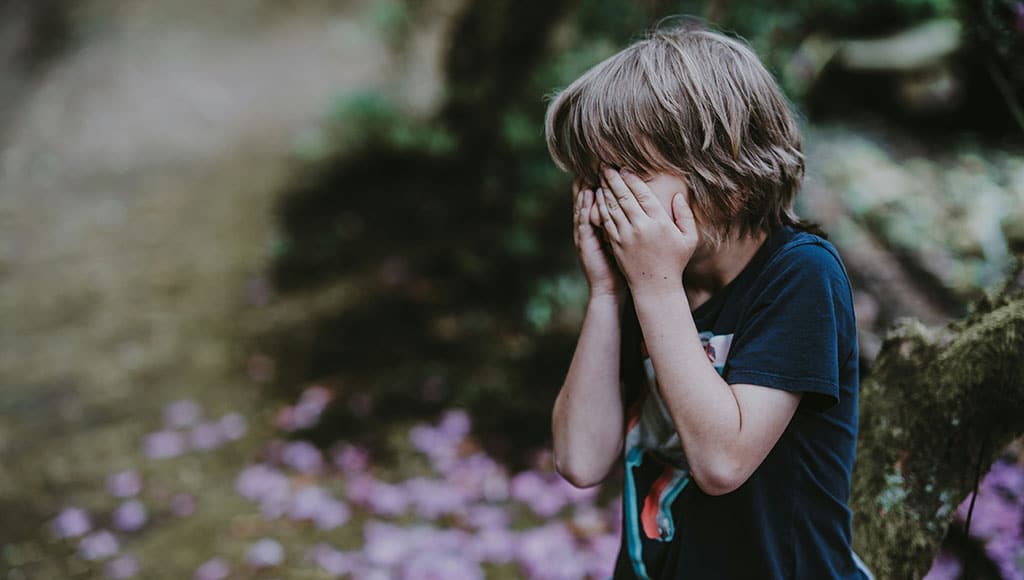In my previous article, I outlined the worrying statistics with regard to child-on-child abuse, and how all those involved in children’s lives must do everything that they can to prevent this abuse from happening through a range of proactive strategies.
It is very hard to comprehend that children can and are abusing other children. Current research is showing that abuse can result in long-term trauma, children feeling isolated, self-harming, decline in mental health, refusal to go to school and suicidal tendencies.
The statistics that I illustrated in my previous article are alarming:
- 69% of girls over the age of 11 say that boys make toxic comments about girls and women in their daily lives!
- A quarter of Primary school children said they have been bullied in the last three months!
- 1 in 3 children say that they have been a victim of online bullying!
- Over 10,000 allegations of rape and sexual violence were reported by children in the UK in 2022.
As parents and educators alike, it is, therefore, essential that we are aware of and looking out every day for signs of child-on-child abuse.
There are key signs to look out for if your child:
- Shows no interest in going to school.
- Begins feeling unwell regularly and misses school as a consequence.
- You notice physical injuries such as bruises that the child is reluctant to explain.
- Becomes withdrawn and uncommunicative.
- Is no longer the happy easy-going child that they were.
- Appears secretive and unwilling to talk.
- Completely changes their demeanour and behaviour.
- Uses inappropriate language and is unkind towards members of the family.
- Becomes aggressive.
- Shows signs of cutting themselves off from their friends
- Is abusive themself to others.
Particularly vulnerable children are:
- Children 10 years of age and older
- Girls 10 years and older
- Children with learning difficulties: Dyslexia, ADHD, Autism, Asperger’s…
- Those children spending time in multiple homes.
- Children who have experienced the bereavement of a close family member.
- Children who are or who are thought to be of a different sexual orientation.
If you think that your child is a victim of child-on-child abuse, then you must take action straight away.
- Try and talk to your child about your concerns.
- Listen very calmly and carefully.
- Don’t give your opinion or exhibit shock.
- Allow your child to open up to you.
- Reassure them that they have done absolutely the right thing by opening up to you.
- Reiterate that abuse is not their fault.
- Make it plain that you are taking what they say seriously.
- Explain to your child what you intend to do next.
- Take immediate action by contacting the relevant authorities: school, local council, doctor or police if you believe that your child is in imminent danger.
- Under no circumstances contact or confront the perpetrator yourself
- Take advice from the authorities on the next steps to take.
As parents in an ever-evolving world, we need to educate ourselves and be involved in all aspects of our child’s lives.
Creating a safe environment is key. Our children must feel able to talk with us about everything, no matter how sensitive it is, know their rights and make informed choices.
We need our children to live free from abuse of any kind and be respected. This reflects from our own behaviour, in the way that we behave towards other family members and friends, how we speak about people or the comments that we may inadvertently make regarding sex, colour, race, and religion.
We need to know whom our children are socialising with, what they are accessing via social media and reinforce what is both acceptable and unacceptable behaviour.
The role of parents and educators has never been more challenging. However, taking ongoing positive action will ultimately result in our children being safe.
‘At the end of the day, the goals for all children are simple – to feel loved, safe and secure’ – Penelope Best: Mother and Educator
By Penelope Best,
International Education Consultant




















